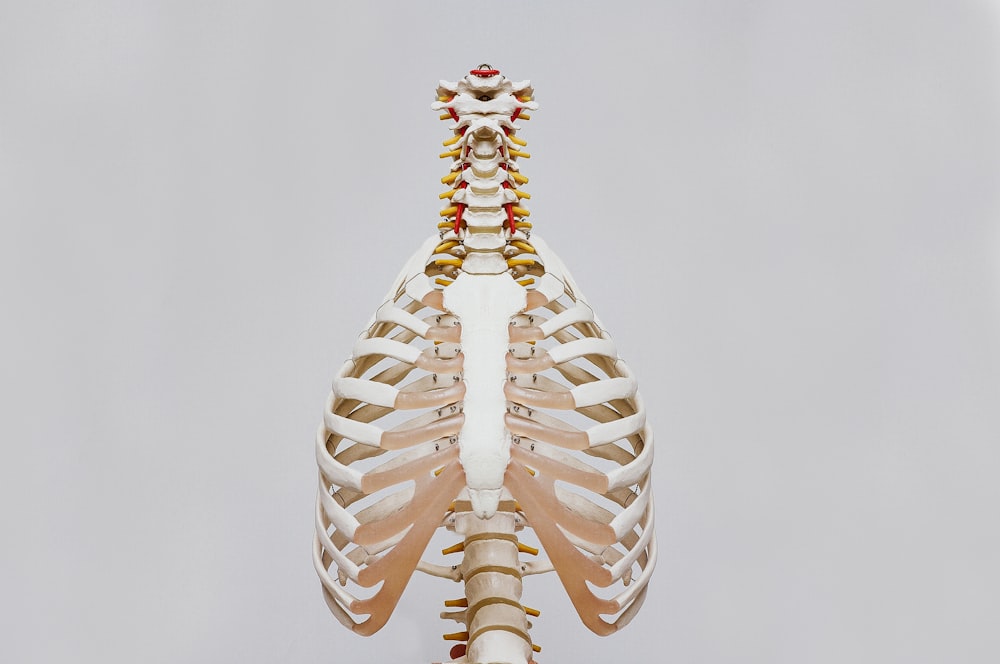
by Dr Neha | Nov 17, 2020 | Body, Depression, Health, heart
Autumn means cooler, colder weather and of course, nutritious food for good heart health. Regardless of age, the production of products that have attained their peak is the right fuel to help children do their best, regardless of age.
A balanced, nutritious diet is an important part of maintaining a healthy heart. There are a number of diets that have been proven to be effective in preventing and treating heart disease. Suitable diets with the right amounts of fruit, vegetables, nuts, seeds, and beans can help reduce the risk of heart disease.
Plants are naturally low in fat and sodium and are also rich in vitamins and minerals that are missing from the standard diet. Instead, it is richer in processed foods and sugary drinks and is deficient in vitamins, minerals, and plenty of sodium.

Let’s break down the top three diets and see what the best options might be for you. Focus on incorporating heart-healthy nutrients into your diet to reduce your risk of heart disease.
Add more fruits and vegetables
Consume a variety of fruits and vegetables and limit saturated fat to lower cholesterol and blood pressure. Among the most protective nutrients that can improve heart health are omega-3 fatty acids, monounsaturated fatty acids, calcium, magnesium, potassium, iron, zinc, copper, phosphorus, manganese, and calcium. Omega 3s are essential fats that your body cannot produce, so they must be sourced from food sources.
It is a well-known fact that some people do not eat enough fruits and vegetables every day, and even if you do, they do not get all the nutrients they might expect. Try to think positively about the types of food you should be eating and focus on what you should not have been eating. Eat real foods that you enjoy in different food groups, including proteins and fats alongside plants. You should already be able to eat a nutrient – a dense, balanced diet, but you can do better by eating a variety of “real” foods such as fruits, vegetables, nuts, seeds, legumes and nuts, and seeds.
Nutrient-rich foods are foods that contain many nutrients with relatively few calories. To eat well, it is best to choose a mixture of nutrient-dense foods every day. Look for foods that contain high amounts of protein, fats, carbohydrates, vitamins, minerals, and fibre.

Vegetables, fruits, and cereals provide important vitamins and minerals to keep your body healthy. The evidence consistently shows a link between high protein levels and healthy heart health, as well as lower blood pressure and cholesterol.
In this context, it is too early to assume that the reduction of carbohydrates in short-term studies will necessarily lead to long-term health.
Shift to healthier substitutes
Instead of cutting out carbohydrates, you should cut out carbohydrates – rich foods that offer no health benefits. Other cardiovascular healthy diets include high – protein, low – carbohydrate.
Oats – Oats are a type of whole grain that provides fibre, beta-glucan, in your diet. Try to focus on eating fruits, vegetables, whole grains, nuts, seeds, legumes and nuts, and seeds. They are also rich in fibre and vitamins and a great source of omega-3 fatty acids such as potassium and magnesium.

Fibre is known to promote digestion and can also prevent heart attacks and strokes. Remember that eating healthy can greatly improve your health, but it’s not just about that.
Balanced Diet is important
Dietary advice to achieve cardiovascular health should continue to focus on a balanced diet with plenty of fruit, vegetables, whole grains, nuts, and legumes. This diet is naturally low in cholesterol because it highlights healthy fats and proteins as well as healthy carbohydrates and fibre. You should include at least 10% of your total calories from fruits and vegetables in a balanced diet while maintaining reasonable body weight.
A diet rich in fibre has health benefits for cholesterol control, controls blood sugar, promotes regularity, prevents gastrointestinal diseases, and helps with weight control. It helps promote heart health, promotes weight loss, prevent gastrointestinal diseases, control blood sugar, and has health benefits in controlling cholesterol.
Good sources of soluble fibre are dried beans and peas: “Peas are rich in fibre, provide a sweet taste boost and give any dish a bright colour,” says Glassman. Beans are a good source of fibre and plant protein, both of which are linked to heart health.
According to the USDA, a cup of peas contains a wealth of nutrients, including calcium, iron, magnesium, potassium, phosphorus, zinc, copper, manganese, and potassium.
For some delicious recipes, click here!
Switching to whole grain rice is a simple change that can improve your diet. Learn more about filling your plate with healthy, nutritious foods by logging your meals in the MyPlate app.
For more such articles, click here!

by Dr Neha | Nov 13, 2020 | All, Body, Health
Back Pain is a horror that almost everyone has to go through. The remedies for it are sometimes easy and quick. The pain also causes back stiffness which leads to reduced movement and difficulty standing straight. But we are rarely aware of what causes it to kill the problem at its roots. The causes majorly revolve around our ways of personal health care; some of which we are responsible for and others are out of our hands. Some of these pain causes are
treatable easily and some others prove to be red flags for other severe ailments.
Back Pain, How Is It Caused?
Some of the most common causes of a bad back are listed in this list, but there are many more, that are due to many other conditions, such as spinal spondylosis, ankylosing spondylitis, osteoarthritis, rheumatoid arthritis, spinal injury, and spinal muscular atrophy. according to the National Institute of Neurological Disorders and Stroke, which is a part of the U.S. National
Institutes of Health (NIH).
Cancer
Back pain is also a symptom of cancer such as spinal, colorectal, and ovarian cancer. If there is a known cancer diagnosis that can be related to the low back pain, such as tumors, should be examined for possible metastases of the spine. Occasionally tumors start in the back and appear as tumors that have spread elsewhere in the body.
Obesity

Obesity is one of the major risk factors for low back pain. Obese people tend to have low back pain due to their increased weight gain, high blood pressure, diabetes, and high cholesterol. The excess weight pushes the pelvis forward and hence puts the strain due to the weight of the upper body on the lower back, leading to you experiencing mild to severe pain in that area.
Central Sensitization
Pain itself also affects the way the central nervous system works. Hence the patient eventually becomes more sensitive and experience more pain even when being minimally provocative. It is termed ‘central sensitization’ because it includes changes in the nervous system, especially the brain and the cord (spinal). Sensitized patients are not only sensitive to things that could
actually hurt but even sensitive to the normal touch and pressure-related activities. They experience chronic pain in echoes, which means it is amplified and fades very slowly than in regular patients.
Spinal Conditions
The shape of the spine and a spinal disease are other causes of back pain. Spinal arthrosis causes bone spurs, and spinal stenosis occurs when a spinal disc in the lower back is damaged by spinal cord injury or spinal muscular dystrophy. Lumbar spine stenosis is more common in older adults, especially in people with a history of spinal degeneration or spondylosis, but it can
also occur in young adults and people with other diseases. Kyphosis is another spinal disorder in which the spine has an excessive outward curve; it can mostly be seen in adolescents.
Mechanical pain in the lower back can be defined as pain caused by a fracture of the spine. Lower pain can be related to ligaments in the spine (intervertebral discs, spinal cord, nerves, etc.). Mechanical lower back pain is usually exacerbated by sitting or standing for long periods, leaning, and prolonged activities.

Lumbar Herniated Disc
Sometimes the jelly-like core of the lumbar disc cracks through the hard outer layer and irritates the nerve in its proximity. The herniated part of the disc is full of proteins that induce inflammation before it hits the nerve root. that inflammation, accompanied by nerve compression, triggers nerve root pain. tearing through the disc wall can also inflict pain.
Strenuous Causes
A strain is the phenomenon of wear and tear of a tendon or muscle, and a sprain is caused by overstretching or a torn ligament. This can happen when something is improperly twisted, improperly lifted or lifted too heavily, or when it is lifted improperly. Such movements can trigger cramps in the back muscles, which can also be painful.
If your work involves lifting objects, pulling heavy objects, or anything that twists your spine, it can also contribute to back pain. Sometimes it also can be related to a protrusion or rupture of the intervertebral disc, and when the disc bursts, the pain can extend from the buttocks to the leg. If you have a poor posture or are sitting in a chair all day with insufficient back support, inactive
activity, or desk work, even that can contribute to or cause it. Excessive physical activity can cause it too.
Rare Disorders
Back pain is rarely associated with a serious underlying condition, but when it does occur, the condition requires immediate medical attention. If the infection affects the intervertebral discs, it is called discitis. If the infection affects the sacroiliac joint (the joint which connects the lower spine and pelvis), it can lead to sacroiliitis, which means inflammation between the joints. In conditions like these, back pain is a major symptom. It is unusual for a back injury not to involve a bone injury such as a broken bone or a spinal cord fracture. If there are no serious, underlying ailments, back pain can be the result of a combination of many different causes, not one or two.
Back Pain, How To Cure It?
As you age, the risk of developing lower back pain increases, and the likelihood of finding the best treatment for it usually depends on the correct clinical diagnosis that identifies the cause of a patient’s symptoms.
However, as mentioned earlier, only in rare cases the back pain is a symptom of something severe. Even if the pain signals are similar to classic torture, most of the time they are shortlived and can be cured by a physical therapist. There are instances where the patient freaks out and goes to do tests like Ct scan, which proves to be an unnecessary expense later on.
In the easy and simple cases, the lower back pain is usually treated by physical therapy. The pain caused by obesity can be treated by following exercise and diet plans for weight loss. Physical fitness is the key here. In some cases, it is treated by a few sessions of physical therapy and a couple of days for the pain to fade. For more complicated cases there are specific drugs and surgery processes. A commonly used drug in these cases is Naproxen. Muscle relaxants are another category that helps in reducing the pain. However, these drugs are recommended as a solution for nonrecurring lower back pains that stay only for a short period of time.

The optimal treatment of back pain usually depends on the correct clinical diagnosis, which identifies the cause of the patient’s symptoms. For example, any possible metastasis of the spine should be assessed based on a known diagnosis of spinal stenoses, such as spinal meningitis or spinal hernia.
It is always suggested to consult the physician or the doctor in case of severe pain rather than assuming the ailment by yourself (and Google!) and going forward with a treatment plan which is most likely wrong and may generate harmful side effects.
Let us know if this article helped you. Leave a topic in the comments section for me to discuss next time. For more such articles, click here!









Recent Comments